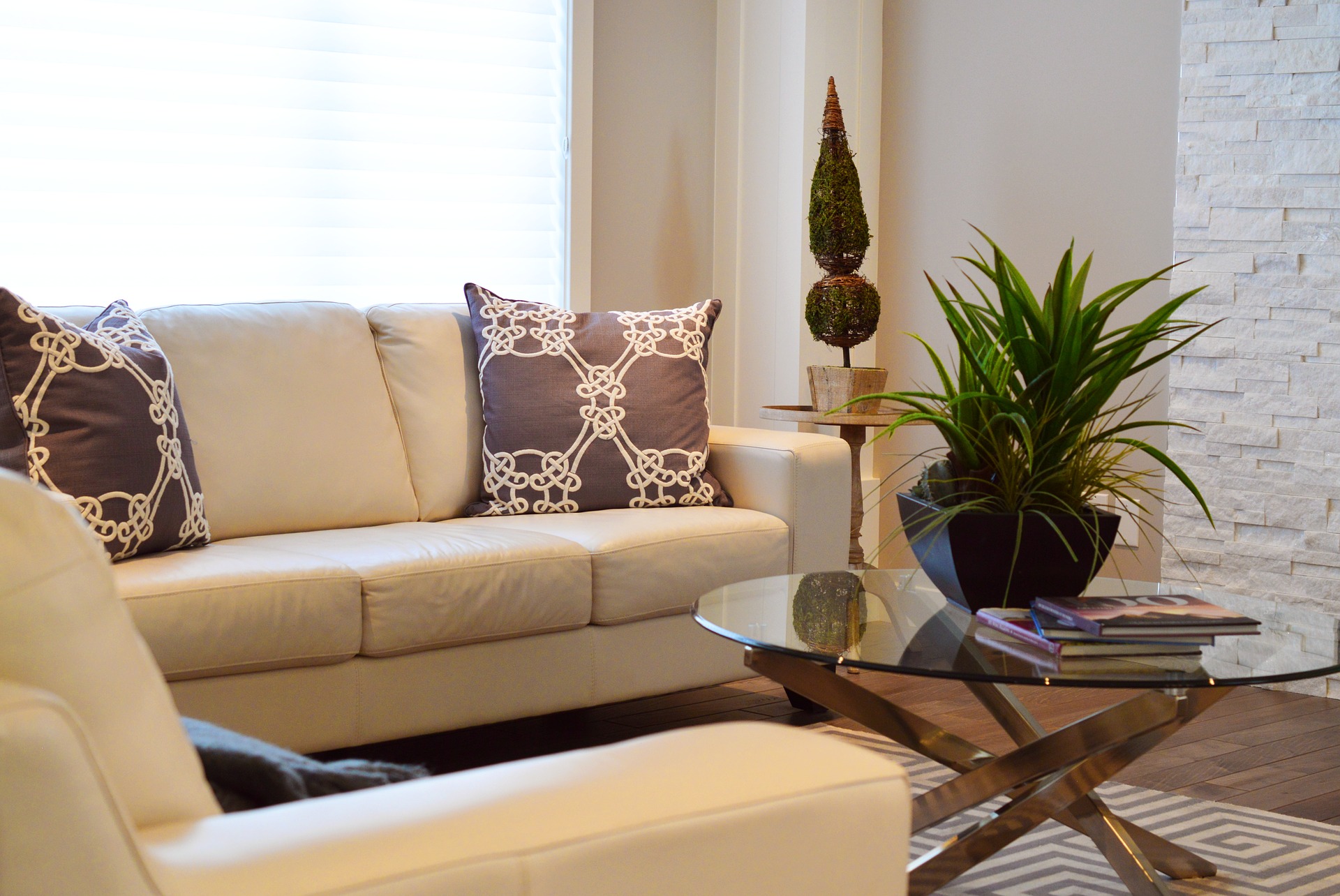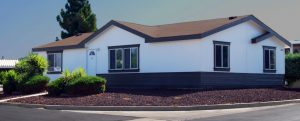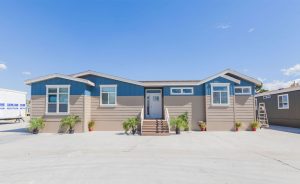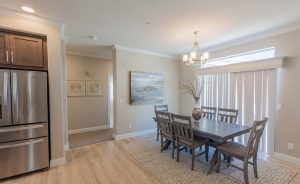Before getting into the pros and cons of Modular VS manufactured housing, we should first look into the difference in manufactured homes. Frequently called mobile homes or even worse, trailers, they are often considered to be (how should I say this?) less respectable. But all manufactured housing is not located in run down trailer parks.
I recently worked on a gated community that housed over 300 manufactured homes. All of them were newer models, double-wide or greater. Anything smaller was not allowed. Landscaping was fully maintained by a permanent staff of gardeners, except for the small private area that was part of the each owner’s lot. We had exercise equipment, a clubhouse, sauna, and two swimming pools. It certainly was no ‘trailer’ park. So before ruling them out as inferior, look around to see what’s available. There are tons of examples of these kinds of communities around the country.
In 1976, HUD (U.S. Department of Housing and Urban Development) developed building standards to insure that all mobile homes were created equally, thus the change from mobile to manufactured homes. Those homes built after 1976 had to conform to the new building standards and older mobile homes, no matter how intensively they were upgraded, would be unable to qualify for these new Federal standards.
HAVE A LOOK AT SOME OF THE HOMES WE’VE BUILT
So, what is the difference between modular VS manufactured housing? Quite a bit, actually.
Manufactured homes are built entirely in a factory to HUD specifications. Additionally, they must meet local, state, and regional building codes. A manufactured home built to California specifications, for instance, would probably be unsuited to Alaskan conditions. Any add-ons, decks, porches, carports must also comply with applicable codes.
Modular homes are built is sections and assembled on site. They are usually assembled with a crane, making it possible to have more than one level. They can be assembled in many different configurations, are highly customizable, and are treated much the same as traditional ‘stick-built’ houses.
Manufactured homes are frequently installed on jack/tripod devices known as piers. They have to be installed safely, and that is usually done by a professional. This type of installation allows for the building to be moved, if necessary. They can also be anchored to a permanent foundation.
Modular homes normally take anywhere from 8 to 14 weeks to build. They must be mounted over a basement or on a concrete or approved foundation, and cannot be moved. They must conform to the same building codes as stick-built homes. Because of the way they are built, some studies have found them to be sturdier than traditionally houses and better able to withstand hurricane force winds and water.
Manufactured homes are usually financed by an installment contract with the retailer. Some lending institutions will offer conventional long term loans, but if you do qualify your home will likely have to be placed on an approved foundation. Like your car, the value of your manufactured home will usually decrease as it ages.
Modular homes can be financed through normal real estate practices. They are eligible for FHA (Federal Housing Administration), VA (Veterans Administration), and RHS (Rural Housing Services) loans. Like conventional real estate properties, your property value is likely to increase over time.
Modular vs manufactured? It’s really a matter of choice. Myself, I’d prefer a modular home in a quiet, well-kept neighborhood. And a manufactured home out in the country, not too far from my favorite fishing spot.










 BY SMITTEN
BY SMITTEN